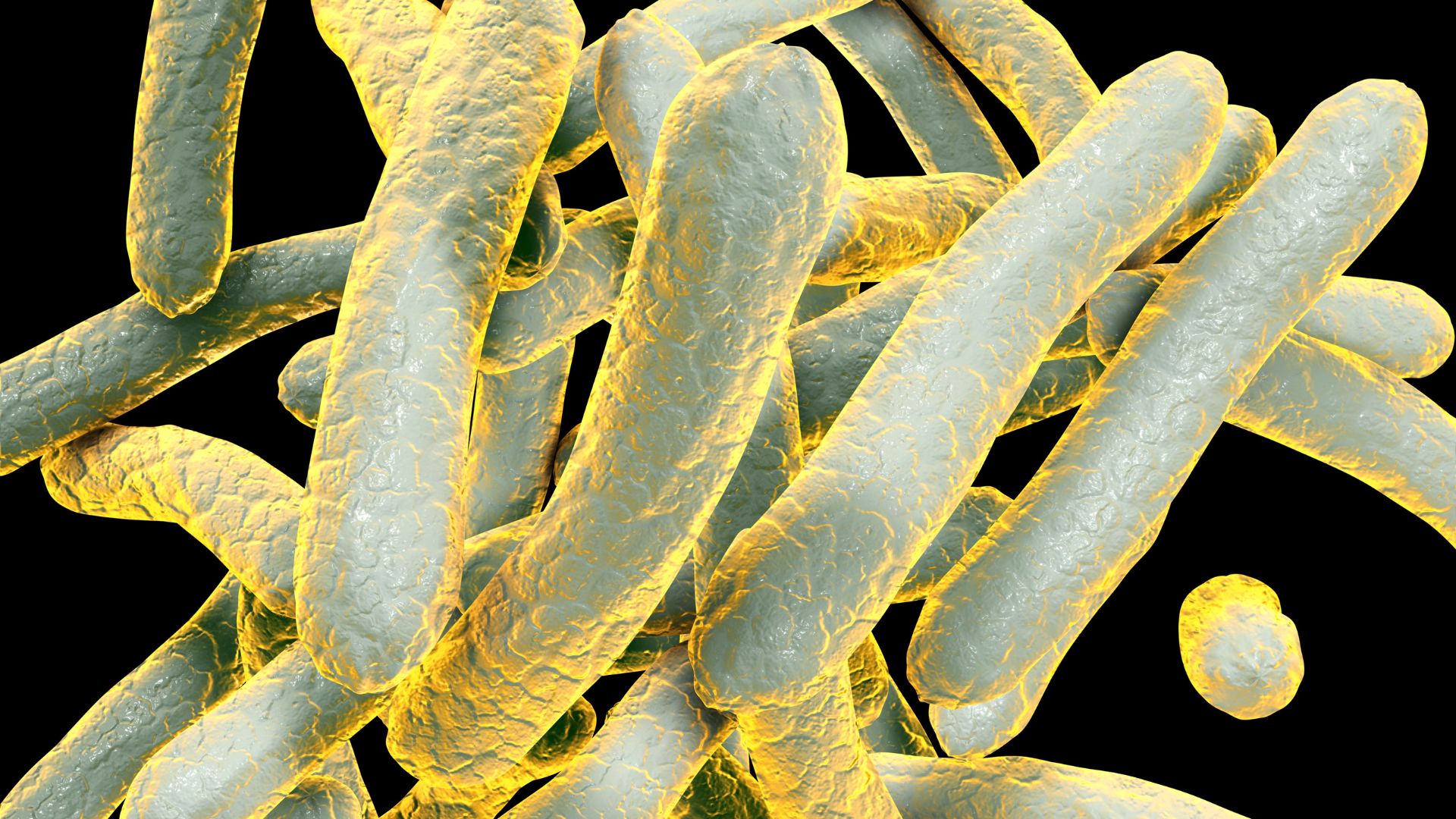Drones, Vol. 7, Pages 605: A Comparison of Different Data Fusion Strategies’ Effects on Maize Leaf Area Index Prediction Using Multisource Data from Unmanned Aerial Vehicles (UAVs)
Drones doi: 10.3390/drones7100605
Authors: Junwei Ma Pengfei Chen Lijuan Wang
The leaf area index (LAI) is an important indicator for crop growth monitoring. This study aims to analyze the effects of different data fusion strategies on the performance of LAI prediction models, using multisource images from unmanned aerial vehicles (UAVs). For this purpose, maize field experiments were conducted to obtain plants with different growth status. LAI and corresponding multispectral (MS) and RGB images were collected at different maize growth stages. Based on these data, different model design scenarios, including single-source image scenarios, pixel-level multisource data fusion scenarios, and feature-level multisource data fusion scenarios, were created. Then, stepwise multiple linear regression (SMLR) was used to design LAI prediction models. The performance of models were compared and the results showed that (i) combining spectral and texture features to predict LAI performs better than using only spectral or texture information; (ii) compared with using single-source images, using a multisource data fusion strategy can improve the performance of the model to predict LAI; and (iii) among the different multisource data fusion strategies, the feature-level data fusion strategy performed better than the pixel-level fusion strategy in the LAI prediction models. Thus, a feature-level data fusion strategy is recommended for the creation of maize LAI prediction models using multisource UAV images.

 7 months ago
26
7 months ago
26


